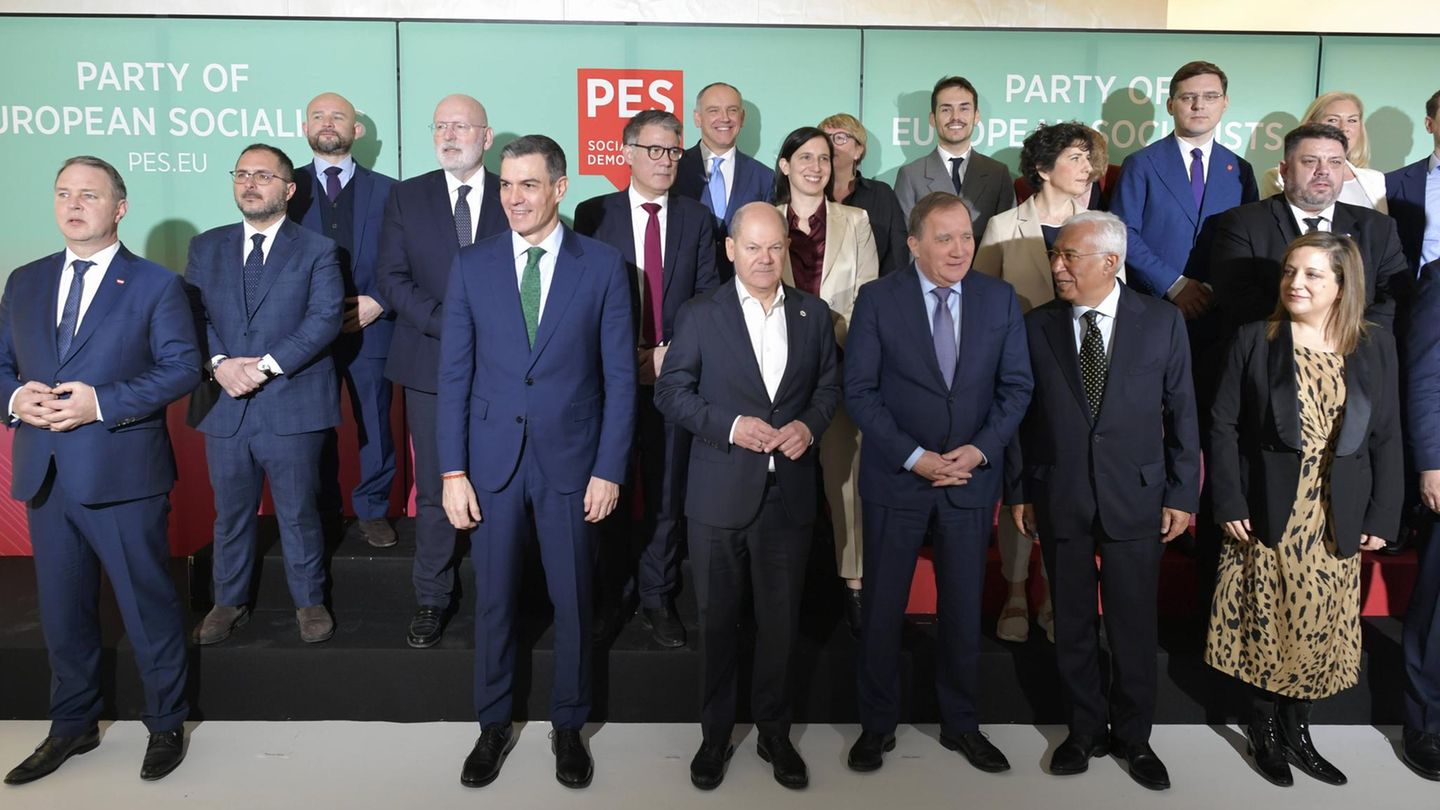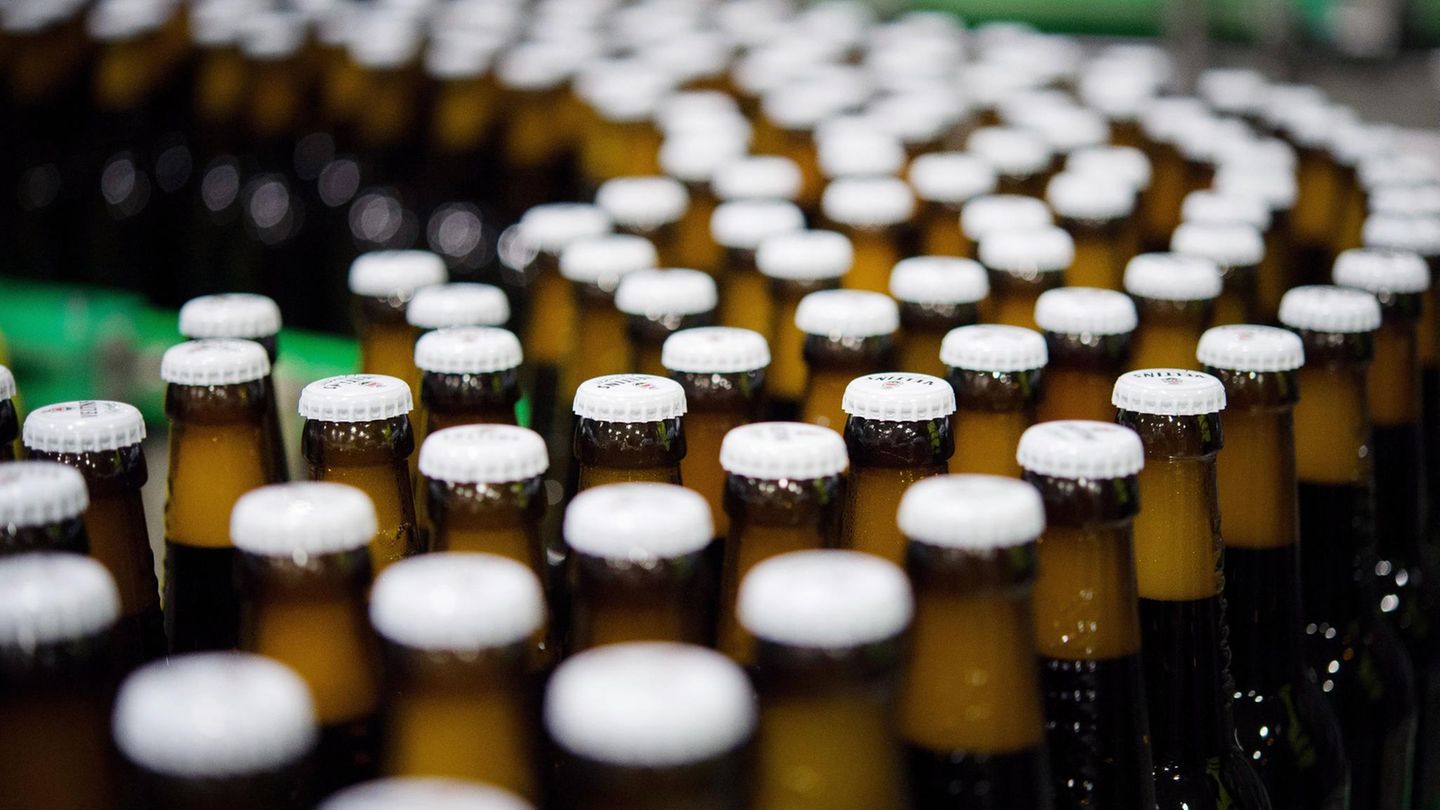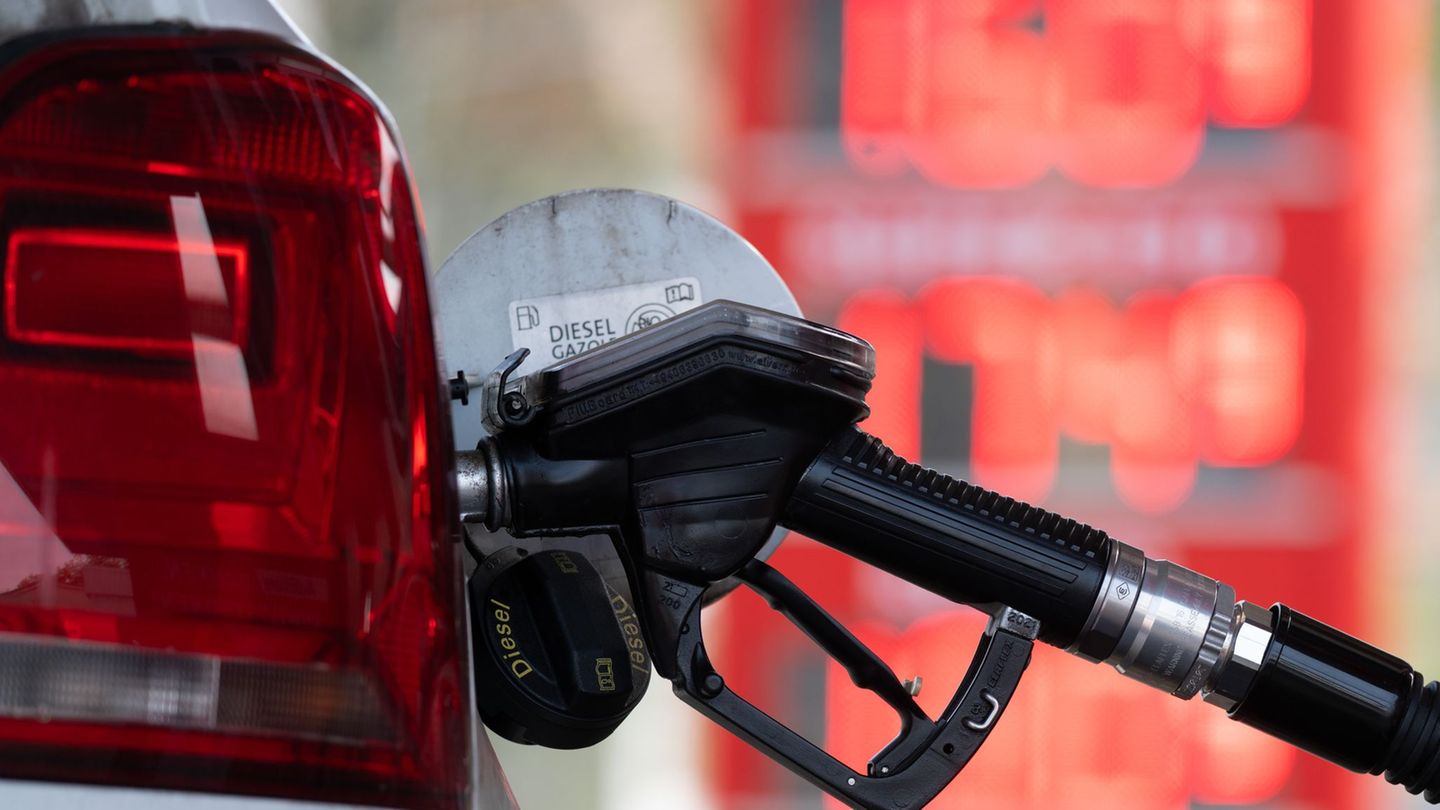Ukraine summit in Brussels
26 of the 27 EU countries upgrade-only Hungary turns across
Copy the current link
Add to the memorial list
The EU advises in Brussels about the support of Ukraine. Together they set up a upgrade program. But Hungary’s Prime Minister stays with his line.
With a massive upgrade program, the EU reacts to the United States’ foreign policy U -turn under President Donald Trump. At their crisis summit in Brussels, the heads of state and government of the 27 Member States basically put themselves behind the EU Commission initiative, according to which up to 150 billion euros are provided to credit investments and exceptions in the EU debt rules are to be made possible. In contrast, there was no agreement with the further support of Ukraine because the Hungarian Prime Minister Viktor Orban extinguished – a friend of Trump.
Since Trump’s taking office in the EU, doubts that Europe can still count on the protection of the United States, especially before the threat from Russia. The meeting in Brussels was a reaction to it. The final declaration of all 27 EU leaders states that the EU will “increase its general willingness to defend, reduce its strategic dependencies, close its critical skills and strengthen the European defense technology and industrial basis”.
One basis for the consultations was a plan presented by the EU Commission at the beginning of the week with the name “Rearm Europe” (such as upgrading Europe). The aim is to mobilize almost 800 billion euros with several measures. Among other things, the European Investment Bank (EIB) should change its rules for lending in such a way that more investments in armaments projects can be funded.
“Crucial moment for Europe”
“This is a crucial moment for Europe,” said EU Commission President Ursula von der Leyen at the beginning of the summit. “Europe is faced with a clear and current danger, and therefore Europe has to be able to protect itself, to defend itself.”
From the Cold War to the present: the history of NATO in pictures
April 4, 1949
Ten Western European countries, the United States and Canada found NATO in Washington to counter the threat of the Soviet Union. They commit to mutual assistance in the event of an attack (“alliance case”). The Alliance is gradually being expanded in the following years. In the photo: The representatives of the participating countries during the solemn signature ceremony on April 4, 1949 in Washington DC
© EPS / AFP / Picture Alliance
More
Open the image subtitle
Back
Further
In contrast, only 26 member states were able to agree on Ukraine aid-without Orban. Even before the summit in Brussels, the Hungarian head of government had made his blockade clear in a letter to EU Council President Antonio Costa. There are “strategic differences in our approach to Ukraine,” he wrote. The EU should follow the example of the United States and lead direct discussions with Russia about an armistice and an agreement in Ukraine.
26 states support Ukraine
In a statement by the 26 heads of state and government, you confirm that you continue to support the “independence, sovereignty and territorial integrity of Ukraine within your internationally recognized borders”- including arms deliveries. They also call for credible security guarantees and no peace negotiations without Ukrainian or European representatives to terminate the war.
Furthermore, the EU Commission, Slovakia and Ukraine will be called up to strengthen their efforts to solve the Slovakia gas supply. The mention of this Slovak claim was a condition of the left -wing national prime minister Robert Fico to agree to the declaration. As announced before, Ukraine stopped through its territory in several EU countries at the beginning of the year. Since then she has been in a dispute with her neighboring country Slovakia.
Selenskyj is welcomed with open arms
Wolodymyr Selenskyj also traveled to the summit to thank the EU for the help that has been achieved so far. “They have sent a strong signal to the Ukrainian people, to the Ukrainian warriors, to the civilian population, to all of our families,” he said. “We are very grateful that we are not alone. These are not just words. We feel it.” The Ukrainian President, who was recently humiliated during his visit to the White House, was welcomed with open arms in Brussels.
The French President Emmanuel Macron, with his renewed advance, caused a European nuclear protective shield based on French nuclear weapons. The outgoing Federal Chancellor Olaf Scholz (SPD) was cautiously. The SPD politician spoke in favor of maintaining the existing nuclear deterrent of NATO based on the nuclear weapons of the United States. “And I think that should not be given up, is the common view of all central parties in Germany.”
Scholz reacts cautiously to Macron’s advance
Previously, Macron had reaffirmed his five -year -old considerations to a common nuclear deterrent in response to Trump’s change of course. He had tied to a statement by the potential successor of Scholz-CDU boss Friedrich Merz. “In response to the historical call of the future German Chancellor, I decided to open the strategic debate about the protection of our allies on the European continent through our deterrent.” However, he wants to leave the decision -making sovereignty over an assignment solely with France.
Shortly before the Bundestag election on ZDF, Merz had said that one had to talk to the European nuclear powers of Great Britain and France about nuclear cooperation. The question of greater nuclear independence in Europe has been an issue in the professional world for years. “Unfortunately, only she has not been adequately discussed in the political world.”
Still about 100 US atomic bombs in Europe
According to expert estimates, the United States has still stationed around 100 atomic bombs in Europe – some of which are to be stored in the Büchel air base in the Eifel. In an emergency, they are to be used by the Bundeswehr fighter jets. US atomic bombs are also said to be stationed in Belgium, the Netherlands, Italy and Turkey. There is no official information.
Macron offered Germany and other EU partners in 2020 during the first term of office of the US President about a European cooperation in the nuclear deterrent. At the then Chancellor Angela Merkel (CDU), however, he initially met with no response as with Scholz.
Merz also in Brussels – but not at the summit
Macron is now using Merz to find a real ally for his idea. He was also in Brussels on Thursday – but only for the meeting of the conservative heads of state and government as well as party leaders in front of the summit.
Dpa
TKR/Michael Fischer, Katharina Redanz, Stella Venohr, Marek Majewsky, Sarah Knorr, Jan Freybott
Source: Stern
I have been working in the news industry for over 6 years, first as a reporter and now as an editor. I have covered politics extensively, and my work has appeared in major newspapers and online news outlets around the world. In addition to my writing, I also contribute regularly to 24 Hours World.




